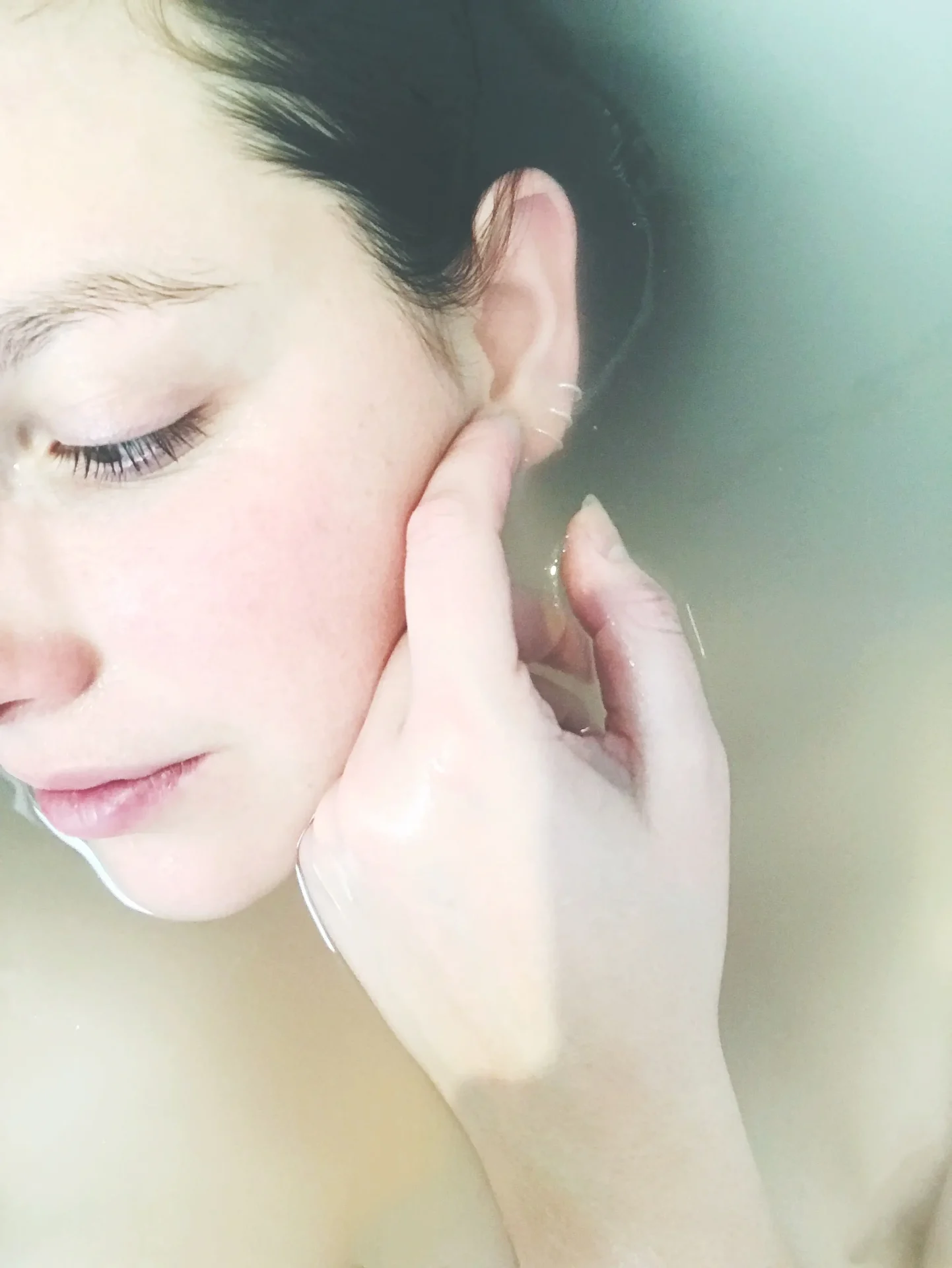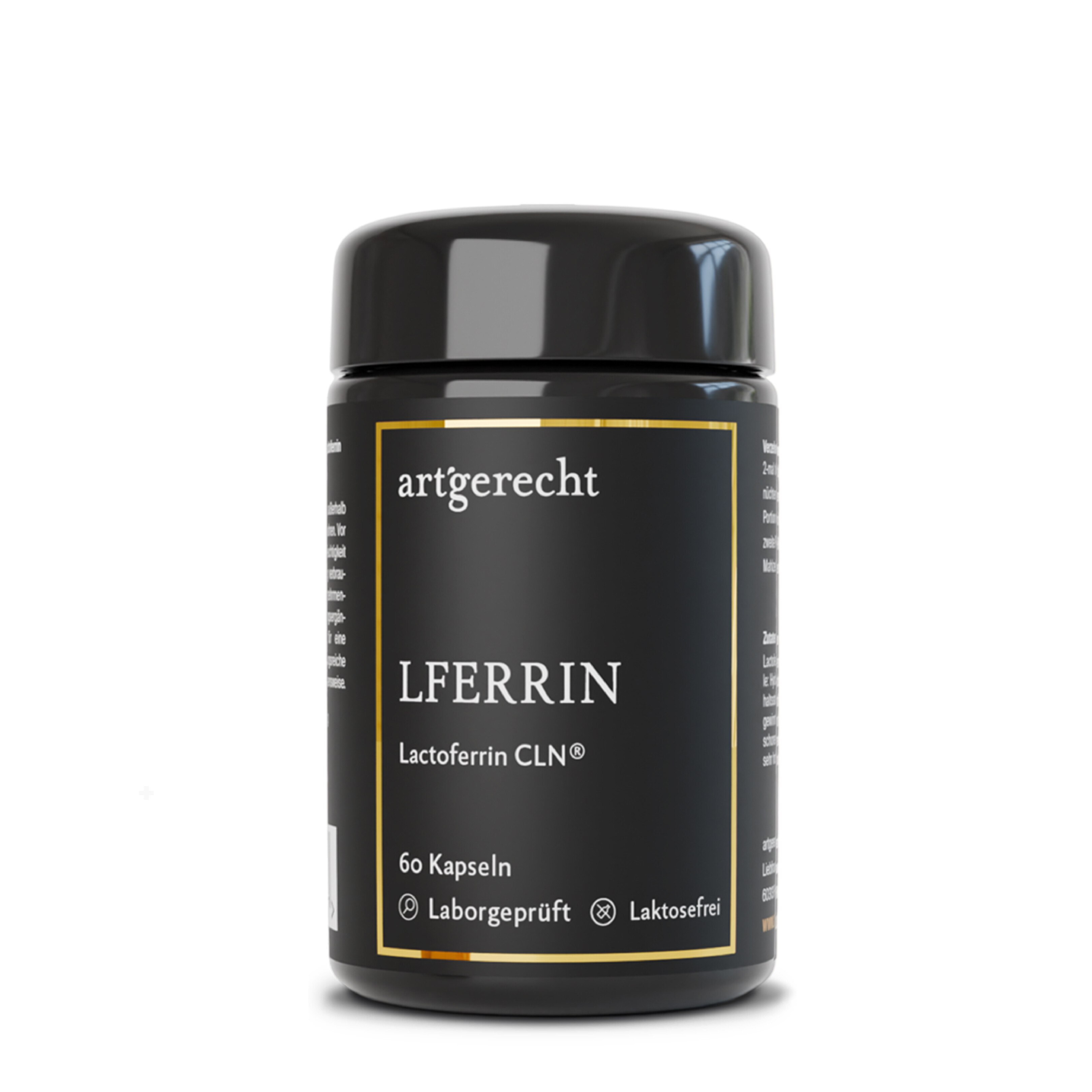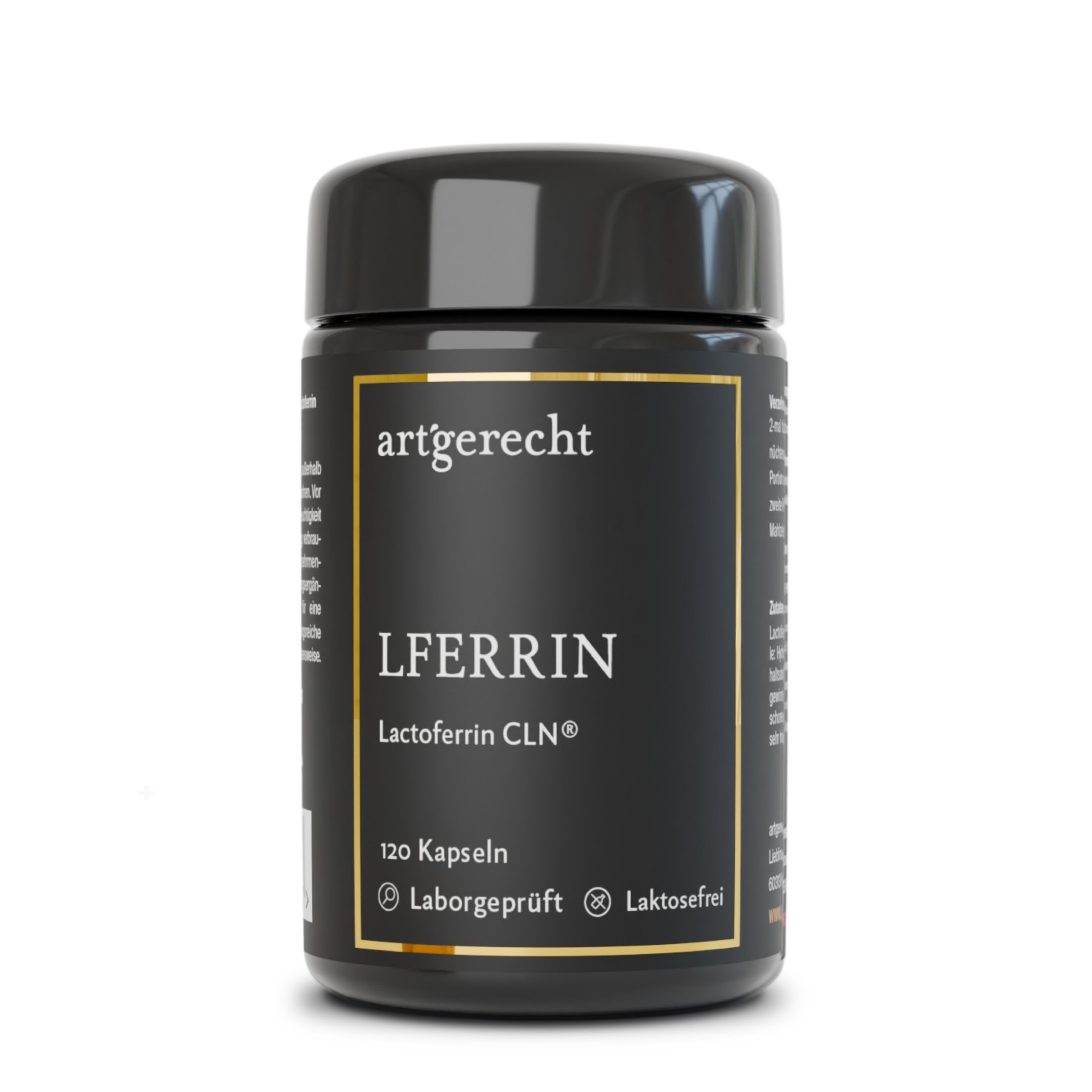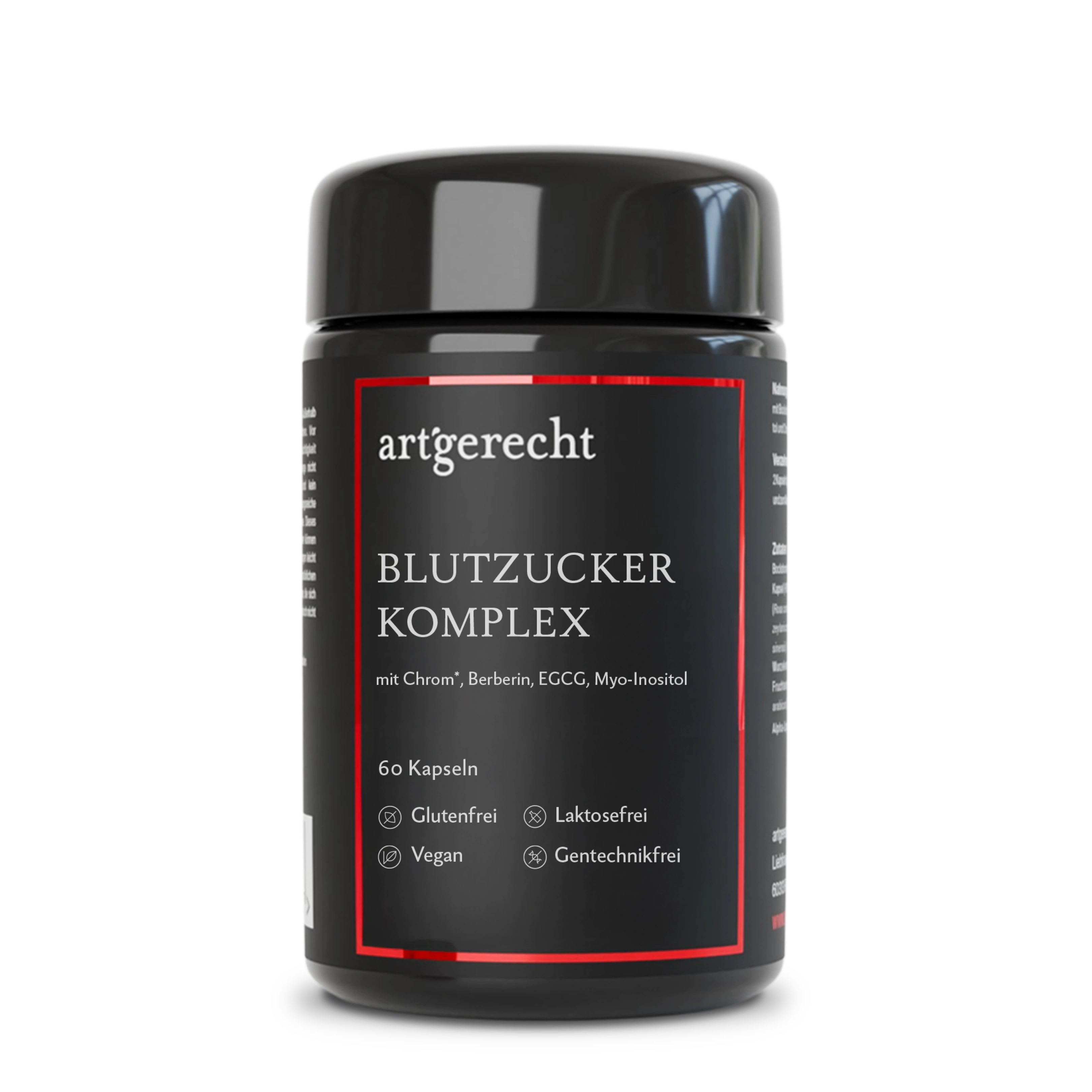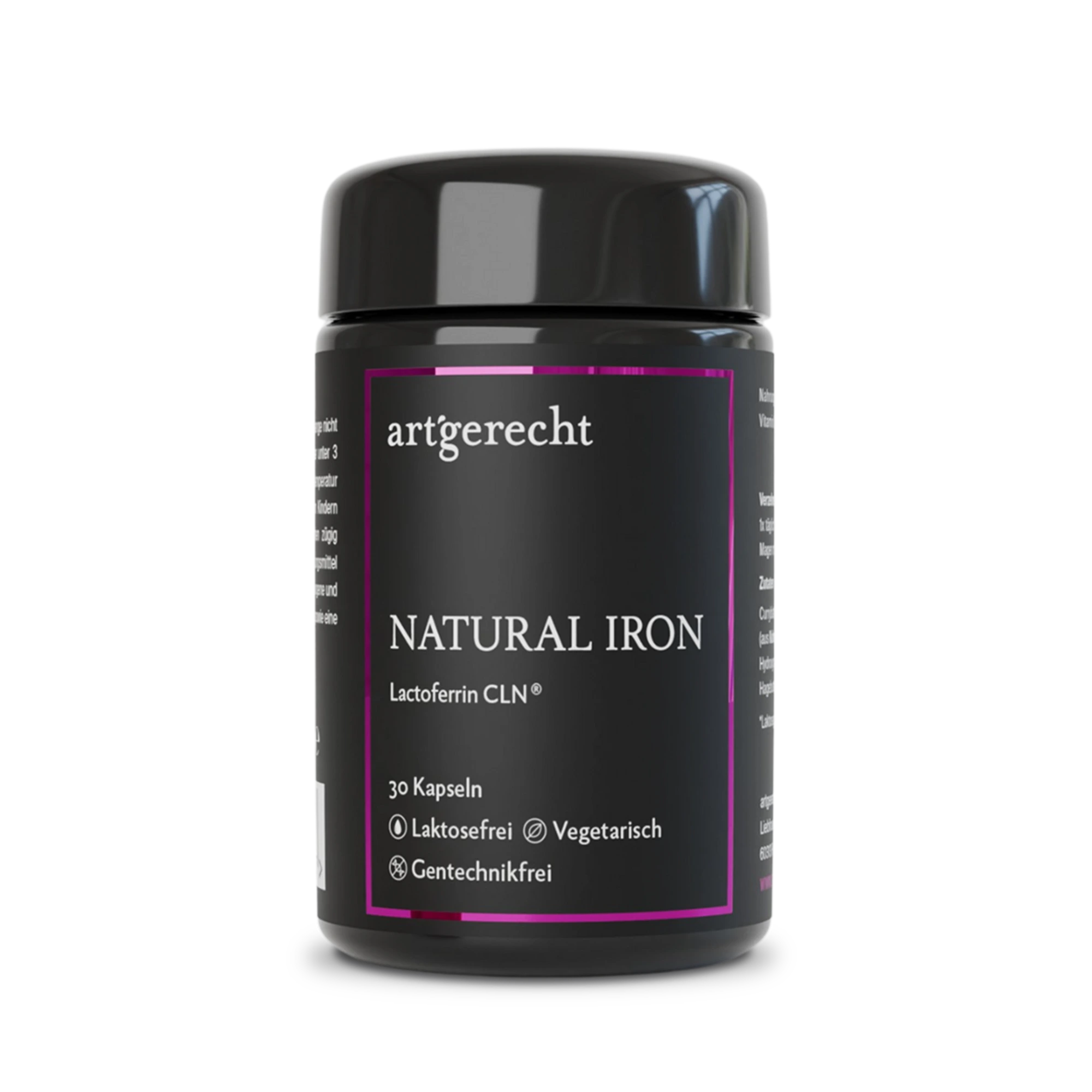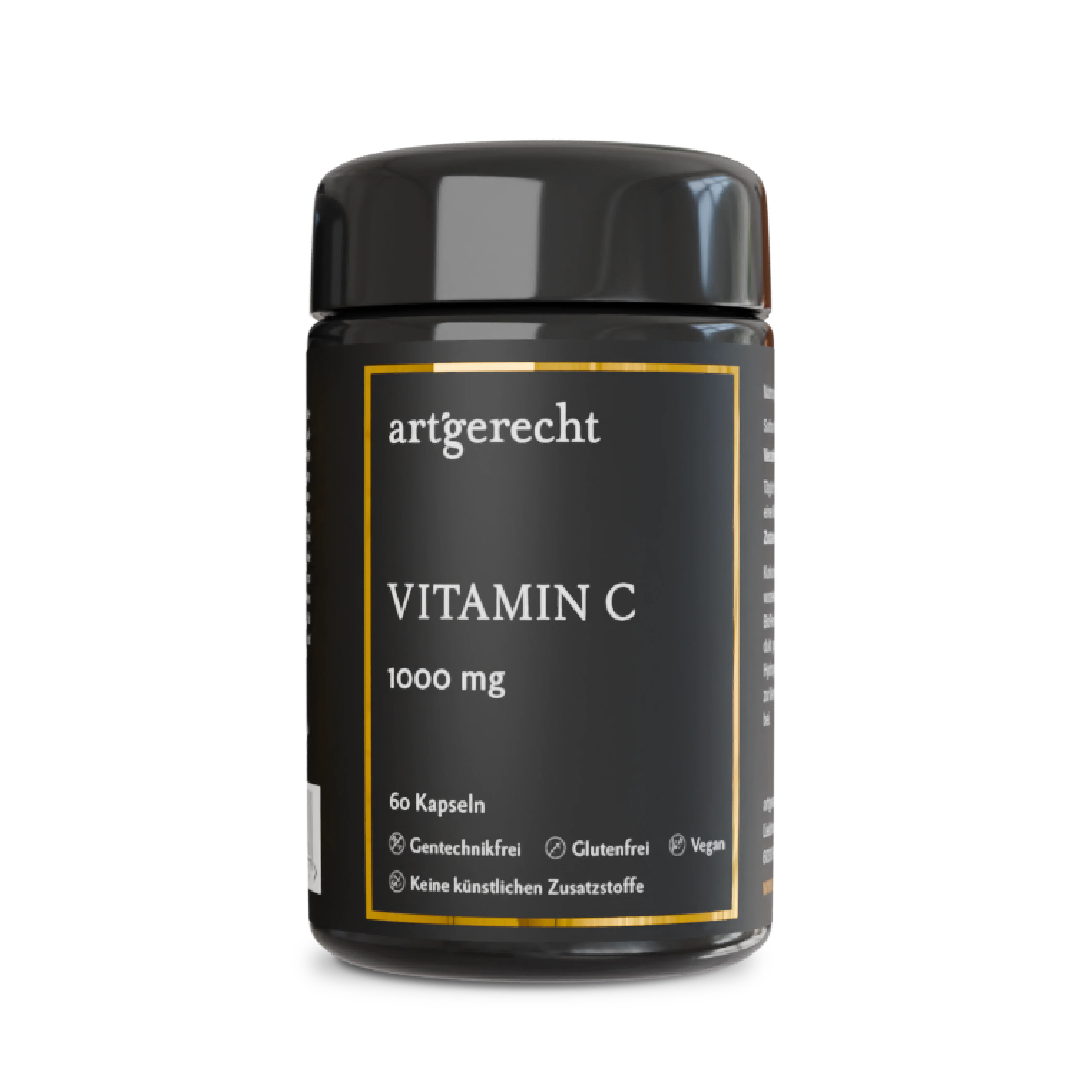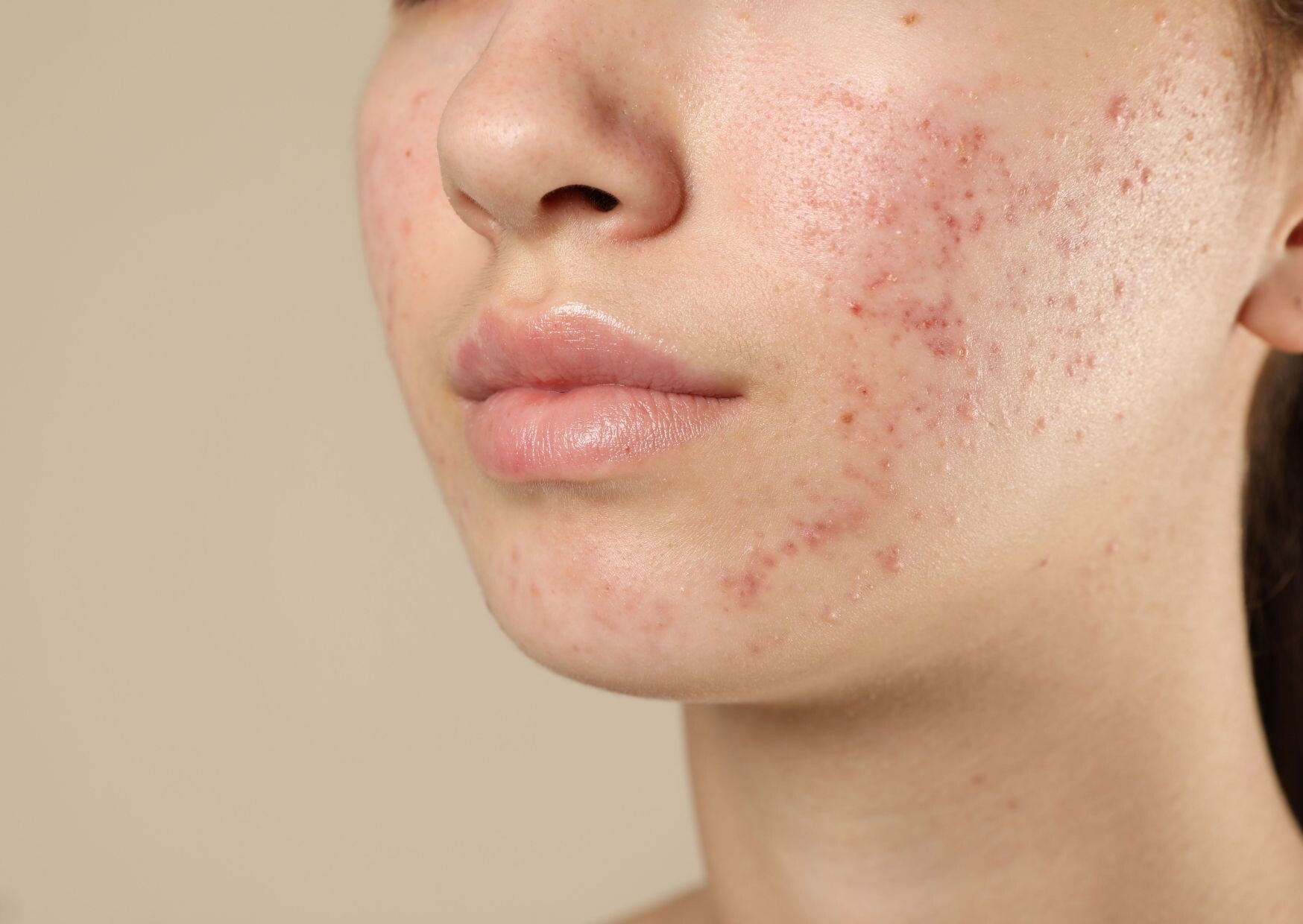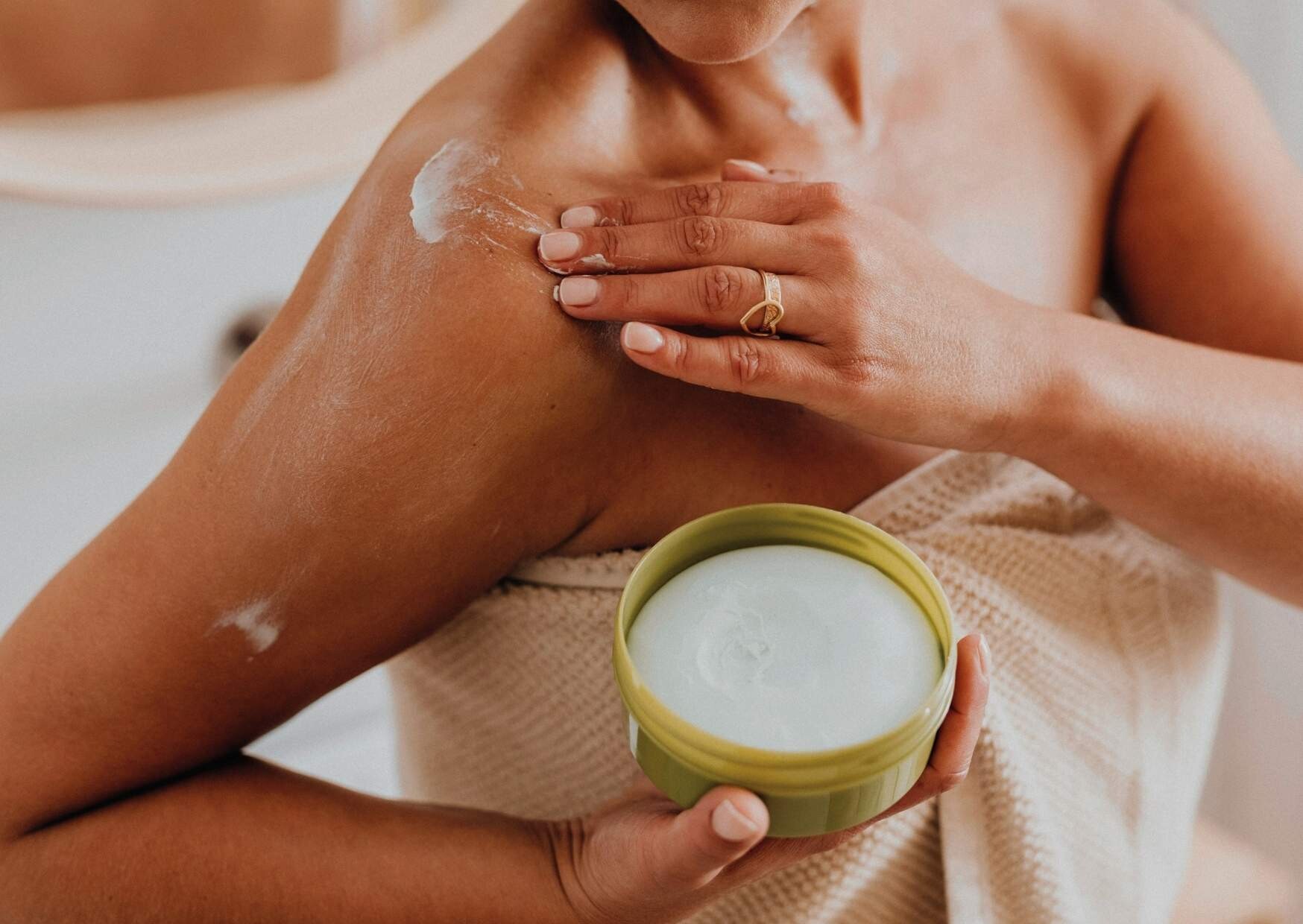Acne vulgaris, a chronic inflammatory disease of the skin, is a very common skin disease, especially in adolescents and young adults (up to 85% in the 12-24 age group) [1]. The main symptoms are visible damage to the skin surface (efflorescences) and generally oily skin. Inflammatory processes can also lead to the development of abscesses and scarring in the long term, which can cause a great deal of psychological stress for those affected.
The damage begins at the hair follicles in the skin. The cells that accumulate there, the keratinocytes, multiply, flake off and block the sebum outlet. This results in a build-up of sebum, a process that is exacerbated by increased sebum production, as occurs during puberty. This accumulated sebum provides a breeding ground for bacteria that feel particularly comfortable there and can multiply optimally, such as the propionic bacterium Cutibacterium acnes (C.acnes), a species that is a major component of the natural skin flora [1,2].
This now multiplies particularly strongly, to which the immune system reacts and triggers inflammatory processes [1]. The situation worsens if other symbionts of the skin flora such as Staphylococcus aureus also invade and cause more severe inflammation [2].
In an article from 2020, Dréno et al. describe the problem in more detail. The cause lies not only in the rapid proliferation of C. acnes, but also in the preceding dysbiosis in the skin microbiome that makes this possible in the first place. The reduced diversity acts as an additional trigger for the innate immune response, which subsequently triggers an inflammatory reaction. There are further interactions between the skin and gut microbiome, meaning that dysbiosis in the gut can also be indirectly involved in the development of acne [3].
Dréno et al. conclude that although conventional topical and systemic antibiotic therapy helps acutely, it leads to an increase in dysbiosis in the long term. The use of topical antibiotics can exert selective pressure on the skin microbiome and thus lead to resistance of C. acnes or staphylococcal strains. They therefore recommend a new therapeutic approach that involves modifying the microbiome and individualizing the therapy [3].
The first major randomized, double-blind, placebo-controlled study on the effect of lactoferrin on the development and severity of acne was conducted by Chan et al. in 2017. As lactoferrin shows the necessary antibacterial and anti-inflammatory properties required for the treatment of acne, lactoferrin was used here together with zinc and vitamin E in the treatment of mild to moderate acne, as zinc and vitamin E also show antioxidant and anti-inflammatory effects. The results showed a significant reduction in mild to moderate acne when the combination preparation was taken twice a day [4].
The 168 participating patients were divided into two groups, one group received two capsules with the three active ingredients every day, the other group received a placebo over a period of 3 months [4].
The group receiving lactoferrin showed a significant improvement in the number of skin lesions after just two weeks compared to the placebo group. By the 10th week, the improvements were stronger and the difference even more pronounced. At the same time, the amount of sebum was measured, which was also significantly lower in the intervention group. As in all other intervention studies with lactoferrin, there were no side effects [4].
Since the dose of zinc used was significantly lower than in other studies investigating the relationship between zinc administration and acne and no specific effect of vitamin E on acne was demonstrated, the authors of the study assume that the main effect is due to lactoferrin. In their opinion, the antioxidant effects of zinc and vitamin E merely represent a synergistic effect [4-7].The researchers explain the mechanism by which lactoferrin causes this effect in acne by a combination of antibacterial, anti-inflammatory and sebum production-controlling effects [8-11]. How exactly this works in detail, however, requires further research.
If you take a closer look at the role of lactoferrin in the regulation of the microbiome (see the article The human superorganism), it is quite possible that regulation of the skin microbiome also plays a decisive role here.
Sources
1 Bhate K, Williams HC. Epidemiology of acne vulgaris. The British journal of dermatology 2013; 168: 474–485.
.2 Eberl G. A new vision of immunity: homeostasis of the superorganism. Mucosal immunology 2010; 3: 450–460.
3 Dréno B, Dagnelie MA, Khammari A, Corvec S. The Skin Microbiome: A New Actor in Inflammatory Acne. American journal of clinical dermatology 2020; 21: 18–24.
4 Chan H, Chan G, Santos J, Dee K, Co JK. A randomized, double-blind, placebo-controlled trial to determine the efficacy and safety of lactoferrin with vitamin E and zinc as an oral therapy for mild to moderate acne vulgaris. International journal of dermatology 2017; 56: 686–690.
5 Evans JA, Johnson EJ. The role of phytonutrients in skin health. Nutrients 2010; 2: 903–928.
6 Dreno B, Amblard P, Agache P, Sirot S, Litoux P. Low doses of zinc gluconate for inflammatory acne. Acta dermato-venereologica 1989; 69: 541–543.
7 Dreno B, Moyse D, Alirezai M, Amblard P, Auffret N, Beylot C, Bodokh I, Chivot M, Daniel F, Humbert P, Meynadier J, Poli F. Multicenter randomized comparative double-blind controlled clinical trial of the safety and efficacy of zinc gluconate versus minocycline hydrochloride in the treatment of inflammatory acne vulgaris. Dermatology (Basel, Switzerland) 2001; 203: 135–140.
8 Ling JML, Schryvers AB. Perspectives on interactions between lactoferrin and bacteria. Biochemistry and cell biology = Biochimie et biologie cellulaire 2006; 84: 275–281.
9 Machnicki M, Zimecki M, Zagulski T. Lactoferrin regulates the release of tumor necrosis factor alpha and interleukin 6 in vivo. International Journal of Experimental Pathology 1993; 74: 433–439.
10 Kim J, Ko Y, Park Y-K, Kim N-I, Ha W-K, Cho Y. Dietary effect of lactoferrin-enriched fermented milk on skin surface lipid and clinical improvement of acne vulgaris. Nutrition (Burbank, Los Angeles County, Calif.) 2010; 26: 902–909.
.11 Mueller EA, Trapp S, Frentzel A, Kirch W, Brantl V. Efficacy and tolerability of oral lactoferrin supplementation in mild to moderate acne vulgaris: an exploratory study. Current medical research and opinion 2011; 27: 793–797.

